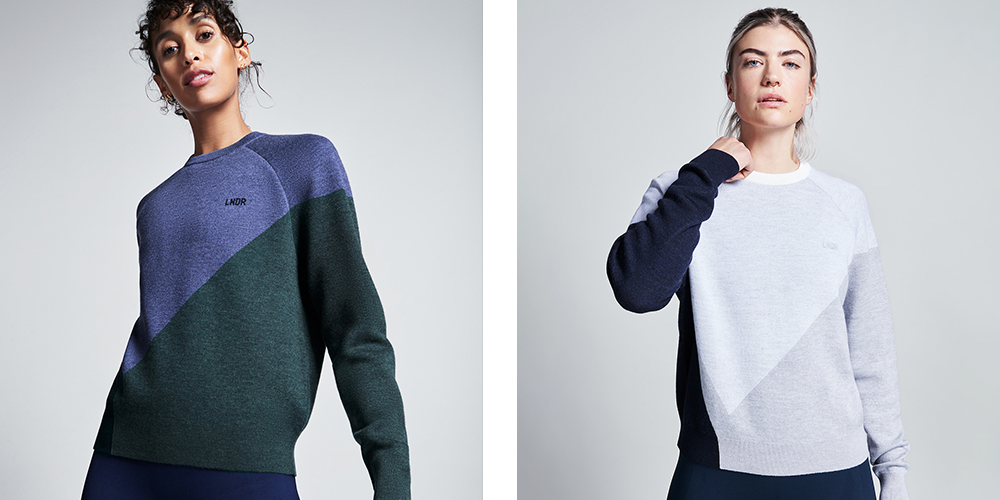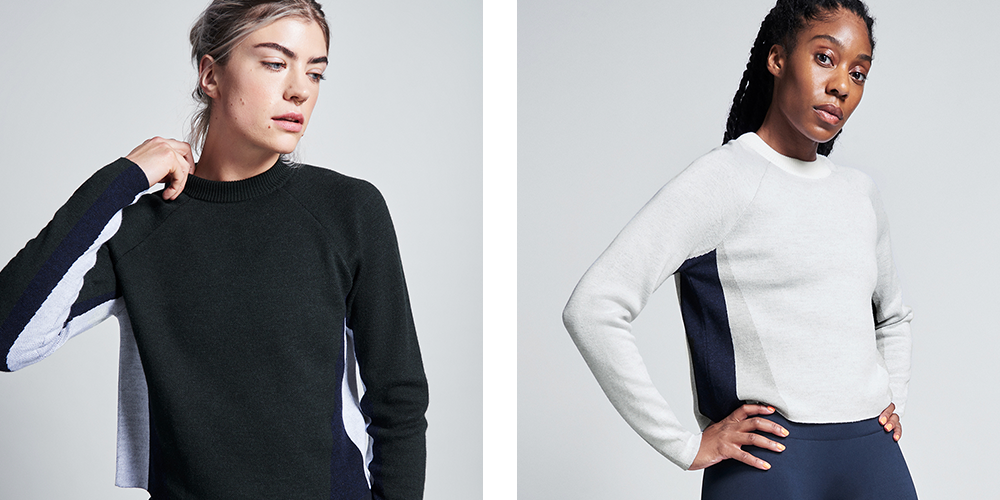
WHAT'S THE DEAL WITH MERINO WOOL?
You’ve probably heard its name thrown around before: Merino wool. Named for the sheep that it comes from, this ultra-soft yarn may be on your radar, but what do you actually know about it? How is it different from normal wool? Why should I care? And why the hell is it so expensive?
What’s so great about Merino?
We’re glad you asked. The main difference between Merino wool and the standard wool variety is that it’s a much finer yarn which allows it be softer and less abrasive. Read: you won’t feel that constant itch when you wear it. The fibres are also longer allowing the fabric to be stronger, smoother and reduce the space for air within the textile.
It’s also completely biodegradable, as with all natural fibres, including your typical wool products. But when a garment is 100% merino, they can actually be fully circular, aka easily be turned back into recycled yarn to make new garments. Wool and other natural fibre blends, tend not be fully recyclable in this way and Merino fibres are sturdy enough to last for years of wear but mean one less thing to go in the landfill after a lifetime of use.
But surely cotton, even Pima cotton is cheaper and its natural fibre status make it just as good without the quite-so-hefty price tag. Yes and no. 100% cotton is still just as biodegradable and recyclable, and while a cotton sweatshirt may keep you warmer than a sports bra on a chilly day, it can’t compare to the natural insulating ability of wool. When it comes to environmental impact, they aren’t like-for-like, but have similar impact on each of their resources. Wool creates higher carbon emissions, while organic cotton requires a lot more water.
Why is it so damn expensive?
There’s a lot of reasons, we like to think that it has its own naturally-occurring superpowers that make it such an investment piece:
This powerful fibre takes moisture management seriously. The yarn can transfer large quantities of vapour away from the body and into the air, allowing the skin to stay dry and lessen that post-workout chill. How much less chill? Three times less than when wearing synthetic garments.
And it’s because of this sweat-wicking ability that Merino wool is also great for temperature regulation. Normally, clothing can obstruct your bodies’ cooling mechanism (yes, we mean sweat), leading to that overheating we’ve all found on the walk home from the gym. But Merino offers enough breathability to allow you to cool down and limit that overly-toasty feeling. Meaning? It won’t just keep you warm, it will also help you stay cool.
But wait, there’s more. Because of the chemical structure, Merino holds in odours and only releases them during a wash cycle, so it’s naturally odour resistant and because the fibres also feature a naturally protective layer, it helps to prevent stains. So, even though we would normally recommend washing on a cold, delicate cycle (or hand-washing) your Merino pieces won’t need constant cleaning. Easy.
Why should I care?
Well, technically you don’t HAVE to care about all of the benefits of this extra fine yarn, but if you want a sweater that works both in and out of the gym, then there’s really no better investment than Merino. Which is why we’ve now launched a selection of sweaters made of 100% extra-fine Merino wool.








